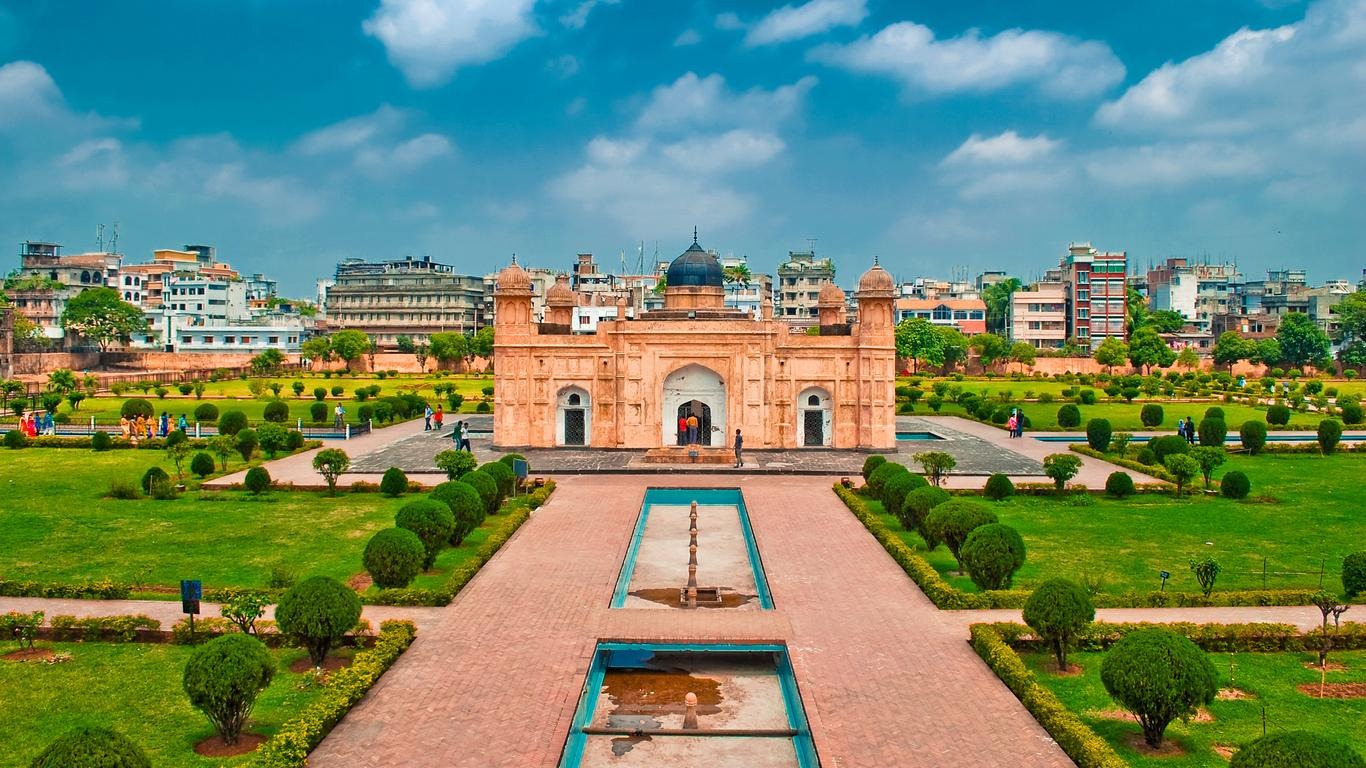The Nature of Bangladesh is deeply intertwined with the country’s vibrant culture and traditional ways of life. From the riverbanks to the forests, the Nature of Bangladesh shapes the customs, festivals, livelihoods, and beliefs of its people. The relationship between humans and nature here is not just one of coexistence but of profound connection and respect. Exploring the Nature of Bangladesh offers travelers more than just scenic beauty and wildlife encounters — it unveils the cultural richness that arises from centuries of living in harmony with nature. The Nature of Bangladesh influences music, art, folklore, cuisine, and spiritual practices, making it an inseparable part of the nation’s identity. This article explores how the Nature of Bangladesh and culture are intertwined, highlights unique cultural experiences tied to nature, and explains why choosing us as your guide offers an authentic and responsible journey into this connection.
The Interwoven Relationship Between Culture and Nature of Bangladesh
The Nature of Bangladesh has long been a source of inspiration and sustenance for its people. With rivers crisscrossing the landscape and fertile plains supporting agriculture, the Nature of Bangladesh has nurtured civilizations for thousands of years. The agricultural calendar, festivals, and community rituals all revolve around the rhythms of nature. From the vibrant celebrations of Nabanna, the harvest festival, to river worship ceremonies, the Nature of Bangladesh is a living part of cultural expression.
Indigenous communities in the hill tracts, such as the Chakma, Marma, and Tripura, maintain ancient traditions deeply connected to the forests and hills around them. Their crafts, music, and oral stories often reflect the flora and fauna of the Nature of Bangladesh, symbolizing a spiritual bond with the environment. In rural villages, traditional fishing techniques, boat-making, and pottery are passed down through generations as sustainable ways to live with the Nature of Bangladesh.
Cultural Experiences Rooted in the Nature of Bangladesh
1. Festivals Celebrating Nature’s Bounty
Many cultural festivals in Bangladesh honor the Nature of Bangladesh and its gifts. Nabanna celebrates the new rice harvest, where communities come together to share food, music, and dance in gratitude for the land’s fertility. The festival emphasizes the connection between agriculture and culture, reminding people of the importance of preserving the Nature of Bangladesh for future harvests.
2. Indigenous Traditions and Forest Life
The indigenous peoples of the Chittagong Hill Tracts live in close harmony with the forests and hills, which are integral parts of the Nature of Bangladesh. Their traditional dances, costumes, and crafts draw directly from natural materials and themes. These communities hold rituals to honor forest spirits and protect the land, reflecting a deep respect for the Nature of Bangladesh.
3. River Culture and Boat Festivals
Rivers are the lifeblood of Bangladesh, and the Nature of Bangladesh is largely defined by its vast network of waterways. Traditional boat races and water festivals celebrate this aquatic heritage. These events foster community spirit and highlight the importance of rivers to everyday life, transportation, and agriculture. Experiencing these festivals offers insight into how the Nature of Bangladesh shapes social and cultural dynamics.
4. Folk Music and Art Inspired by Nature
Bangladeshi folk music, including Baul and Jari songs, often revolves around themes of nature, spirituality, and human connection to the environment. The Nature of Bangladesh is a recurrent motif in lyrics and storytelling, emphasizing the cultural significance of the natural world. Local artisans also use natural dyes and materials sourced from the Nature of Bangladesh to create vibrant textiles and crafts.
5. Sustainable Living Practices
Traditional lifestyles in rural Bangladesh embody principles of sustainability rooted in the Nature of Bangladesh. Organic farming, fishing with handmade nets, and harvesting forest products sustainably are common practices that reflect the community’s respect for natural resources. These methods preserve the Nature of Bangladesh while supporting livelihoods.
Why Choose Us to Experience the Cultural Connections with the Nature of Bangladesh?
When exploring the Nature of Bangladesh and its cultural ties, it’s essential to have knowledgeable guides who respect local traditions and promote sustainable tourism. Here’s why we are your ideal choice:
Deep Local Knowledge: Our team understands the intricate links between the Nature of Bangladesh and its cultural heritage, allowing us to provide authentic insights.
Tailored Experiences: We customize tours to include cultural festivals, village visits, and nature exploration that highlight the cultural bonds with the Nature of Bangladesh.
Sustainable and Responsible Tourism: We prioritize eco-friendly practices and support local communities, ensuring your journey benefits both you and the Nature of Bangladesh.
Comfort and Safety: We manage all logistics, offering comfortable accommodations and safe travel options while immersing you in the Nature of Bangladesh and culture.
Engagement with Local Communities: We facilitate respectful interactions with indigenous and rural communities to deepen your understanding of the cultural connection with the Nature of Bangladesh.
5 Frequently Asked Questions About Cultural Connections with the Nature of Bangladesh
1. What cultural experiences are best linked to the Nature of Bangladesh?
Festivals like Nabanna, indigenous village visits, boat races, and folk music performances offer rich insights into how culture and nature intertwine.
2. Can I visit indigenous communities in Bangladesh?
Yes, with responsible and respectful arrangements, you can visit indigenous groups in the hill tracts to learn about their cultural practices connected to nature.
3. How do you ensure sustainable tourism during cultural tours?
We work closely with local communities, promote eco-friendly travel, and encourage practices that protect the Nature of Bangladesh and cultural heritage.
4. Is it safe to visit rural and indigenous areas?
Yes, with experienced guides and local support, these visits are safe and offer enriching cultural experiences tied to the Nature of Bangladesh.
5. When is the best time to experience cultural festivals linked to nature?
The harvest season (November to January) and monsoon festivals are ideal times to experience nature-related cultural events in Bangladesh.
Conclusion: A Journey into the Heart of the Nature and Culture of Bangladesh
The Nature of Bangladesh is not only a spectacular natural treasure but also a vital part of the country’s cultural soul. From ancient indigenous traditions to vibrant festivals, the cultural connections with the Nature of Bangladesh provide travelers with a profound understanding of how nature shapes life, spirituality, and community. By choosing us as your guide, you gain an opportunity to explore this beautiful synergy in a responsible and immersive way. Discover the unique ways in which the Nature of Bangladesh inspires art, music, livelihoods, and celebrations, and create lasting memories that celebrate the harmony between people and the environment. Your journey into the cultural connections with the Nature of Bangladesh awaits.



